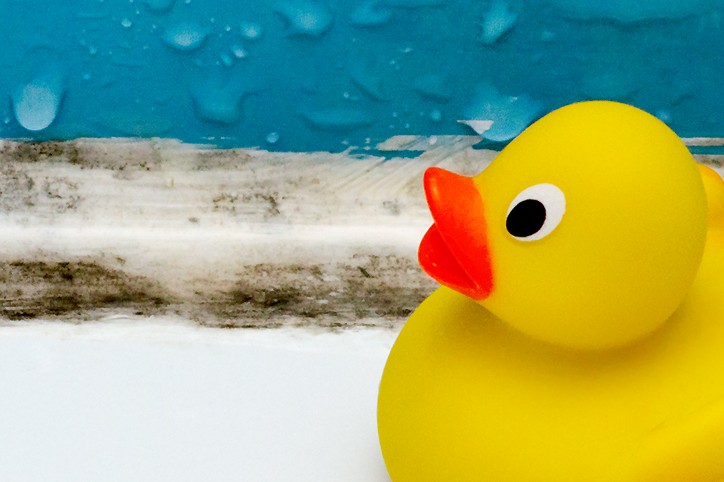No one wants to deal with mold! Even though most of us have some vague sense that it can be potentially dangerous for our health, it’s easy to gloss over the little bit of black stuff you see in between some of your kitchen tiles or in the corner of your shower. While that may seem as innocuous as, say, not wearing sunscreen every day…








